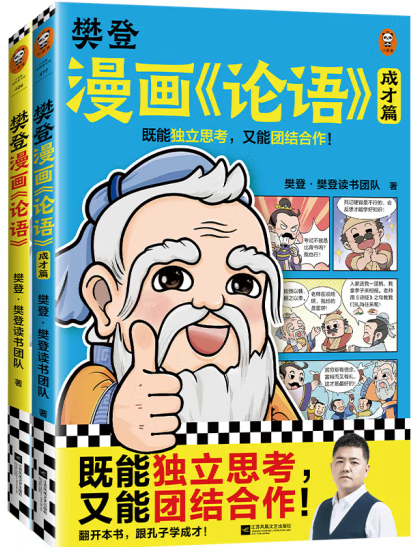Easy Steps to Chinese for Kids (2nd Edition) is especially designed for non-Chinese background students, who are learning Chinese as a second/foreign language. The series is suitable for preschool children and first to fourth graders in primary school.
This series aims to help students lay a solid foundation in Chinese in terms of characters, especially simple characters, words, and short sentences through natural and gradual integration of language, themes and culture. The simultaneous development of listening, speaking and reading skills, and character writing as well as the ability to write short sentences in Chinese, is emphasized. The ultimate aim is to help students develop communication skills in a hope that they can use simple Chinese to communicate smoothly and effectively in real-life situations.
The Textbook plays an important role in helping students gain knowledge of the Chinese language needed to develop their communicative competence. The Workbook takes a supporting role, providing various age-appropriate and interesting exercises and activities that serve as meaningful practice and reinforcement.
Besides Textbook and Workbook, the series also includes Exercise book for writing, PowerPoint slides, word cards, picture flashcards, as well as digital resources, etc.
Features of Easy Steps to Chinese for Kids (2nd Edition):
■ Pinyin is not specifically taught at this stage, but it always appears on top of the characters.
■ Each simple character appears in the form of “shape, sound and meaning” and is accompanied with a vivid illustration, in a hope that students have a full understanding of the character learned.
■ Strokes, stroke order and the structures of characters are not formally taught, but specially designed exercises are provided in both the Textbook and the Workbook. Each simple character is marked with a stroke order, and students can learn about the structure of a compound character through specifically designed exercises.
■ The radical is an important component of most compound characters, and mastering radicals is very helpful for learning Chinese characters. Teaching experiments indicate that it is difficult to teach radicals in lower grades, therefore radicals are introduced starting Book 3. In this way, students can learn new compound characters more easily while reviewing the ones learned in Books 1 and 2.
■ New words in each lesson do not appear in the form of a “new word list”. Each new word is introduced with Pinyin and English explanations, while some are accompanied with illustrations.
■ Literacy is one of the focuses of this series. When learning the written form of a language, children learn to read first and then write words from memory later. This is how children learn written language. In this series, the learning of new characters, the recurrence of new words and the repetitive exercises are thus designed accordingly.
■ Developing children’s listening and speaking skills is of paramount importance when teaching Chinese to children. Although children can acquire pronunciation naturally, teachers should ensure students speak with accurate pronunciation.
■ Developing students’ reading skills is an important feature of the second edition. Carefully designed conversations, rhymes, different forms of text and various exercises are provided in both the Textbook and Workbook. There is also a short story with vivid illustrations in every lesson of the workbook. Reading materials in various forms help students accumulate characters, words and short sentences gradually before understanding a text fully.
■ Writing begins with writing simple characters, which have fewer strokes, and are easy to write. When learning to write compound characters, tracing them first will increase students’ confidence when writing them later independently.
■ Writing down what one says is the primary stage for beginners developing writing skills. Students learn to write words and short sentences before writing continued sentences.
Some major differences between the first and second editions:
■ Pinyin is not taught in the second edition any more as children have the ability to acquire pronunciation naturally.
■ In the second edition, 61 simple characters are formally taught, compared to 28 simple characters in the first edition. Learning simple characters is the “stepping stone” for learning Chinese characters. Once a certain number of simple characters are mastered, students will learn compound characters more easily and confidently. The teacher should encourage students to memorize the pronunciation, shape and meaning of each simple character.
■ In the second edition, listening skills are no longer practiced separately, but combined with various speaking exercises.
■ The second edition puts more emphasis on the integration of language learning with other subjects in primary school. For example, maths is a compulsory subject for primary school students and memorizing the times table is the secret of learning maths well. Learning and memorizing the times table can not only help students master the usage of numbers in Chinese, but also enable them to learn multiplication with more ease. This is killing two birds with one stone and getting twice the result with half the effort.
top of page
SKU: 9787561964132
$35.95Price
Related Products
bottom of page

















